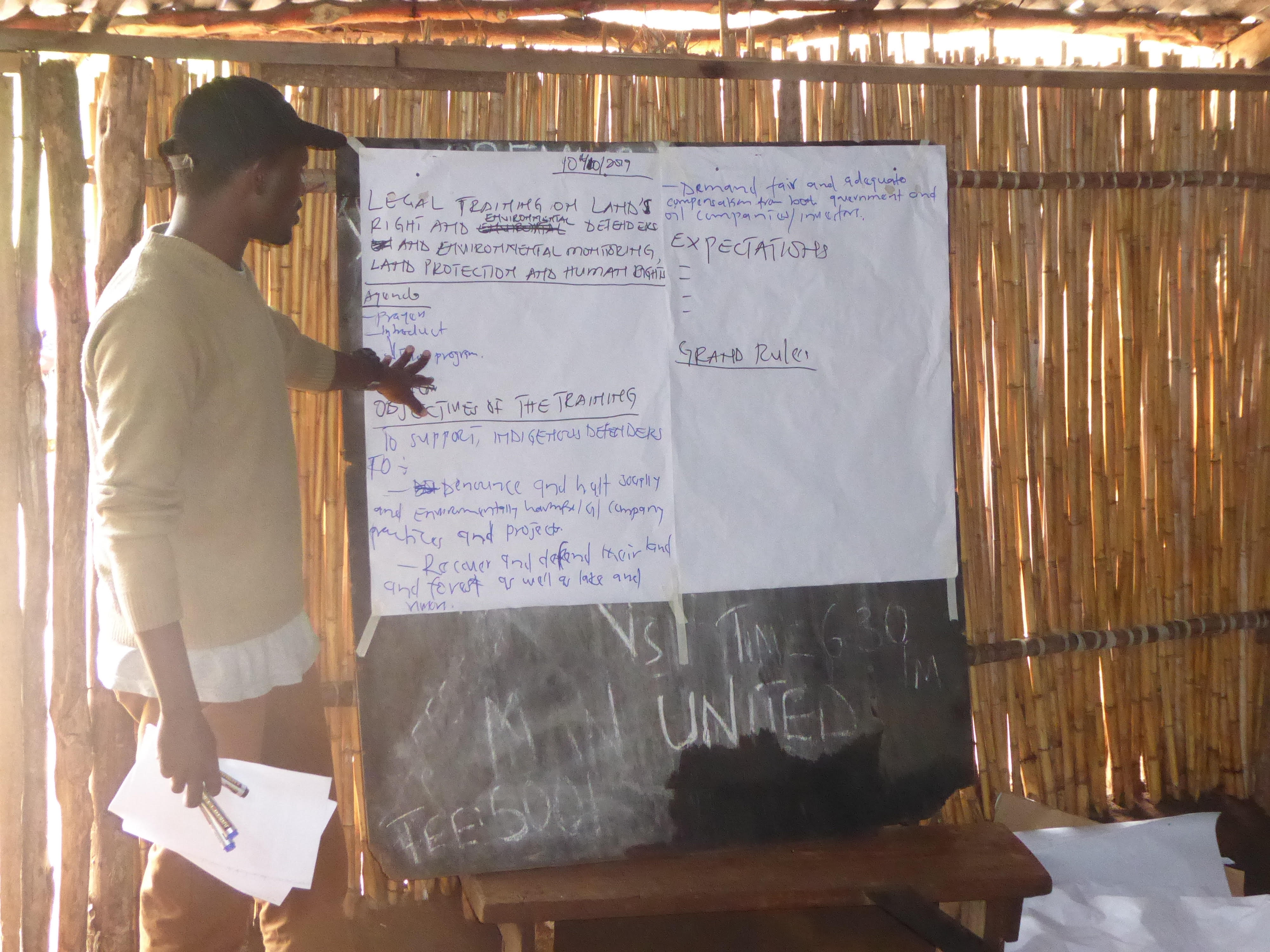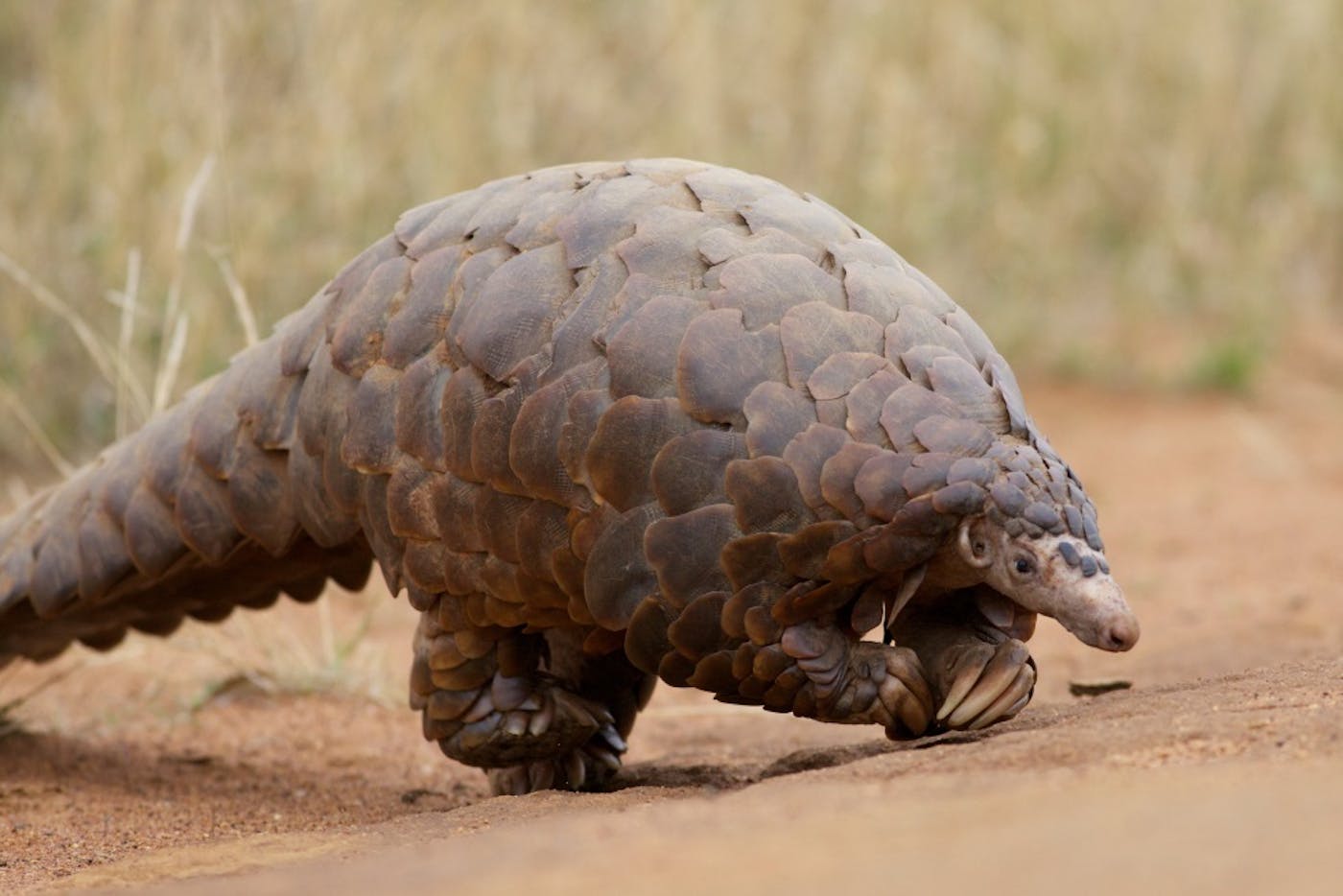Protecting Habitat for Four Species of Endangered Pangolin in Uganda
| Bioregion | Victoria Basin & Albertine Rift Forests (AT12) |
| Category | Nature Conservation Our project categories represent one of three core solutions pathways to solving climate change. Energy Transition focuses on renewable energy access and energy efficiency. Nature Conservation includes wildlife habitat protection and ecosystem restoration, as well as Indigenous land rights. Regenerative Agriculture supports farmers, ranchers, and community agriculture. |
| Realm | Afrotropics The Project Marketplace is organized by the major terrestrial realms divided into 14 biogeographical regions – N. America, Subarctic America, C. America, S. America, Afrotropics, Indomalaya, Australasia, Oceania, Antarctica, and the Palearctic realm, which coincides with Eurasia and is divided into Subarctic, Western, Central, Eastern, and Southern regions. |
| Partner | Quick Response Fund for Nature |
One Earth’s Project Marketplace funds on-the-ground climate solutions that are key to solving the climate crisis through three pillars of collective action — renewable energy, nature conservation, and regenerative agriculture.
Environmental Defenders, a community-oriented organization in Uganda, seeks to purchase and conserve 800 acres of threatened land to create a protected area for endangered pangolins. A key objective is to promote the local communities’ involvement in the newly established reserve's management, protection, and sustainability.
Located in the Pakwach district of Uganda, this property provides vital habitat to four pangolin species—white-bellied pangolin, giant ground pangolin, black-bellied pangolin, and Temminck’s pangolin—all of which are classified as Endangered or Vulnerable by the IUCN.
Securing this land will benefit pangolins, the most trafficked mammal on Earth, protecting them from poaching and preventing habitat loss from mining, logging, and development. The property is adjacent to Murchison Falls National Park and is critical for wildlife dispersal and gene flow within and beyond the Murchison Falls Conservation Area.
The major threats to pangolins' survival in the Murchison Falls Conservation area are habitat degradation and deforestation caused by infrastructural developments linked to oil extraction, logging, and land conversion to sugar cane and maize plantations. Human and agricultural expansion are damaging pangolin burrows and hollows, while habitat loss places pangolins closer to people and makes them increasingly vulnerable to hunting.
Previous efforts to sustain pangolins in captivity have shown limited success, with mortality rates of 70% within the first year. For this reason, it is imperative to preserve pangolin habitat and reduce deforestation and land conversion in areas inhabited by pangolins. By minimizing the threats to pangolins' habitat, the Environmental Defenders land acquisition project gives African pangolins the best chance to recover locally.

Image credit: Courtesy of Environmental Defenders of Ngetha Media Association for Peace
Pangolin conservation can also alleviate poverty by balancing ecosystems and keeping crop-damaging pest populations in check. Experts believe that a single pangolin consumes up to 70 million insects annually and helps aerate soils as they dig for ants and termites.
As agriculture is the primary source of income for Ugandan rural communities within Murchison Falls National Park and neighboring protected areas, crop losses contribute to rural poverty and food insecurity. Pangolins offer a biological control method for termites, an agricultural pest, reducing the need for destructive chemicals and preventing potential catastrophic crop losses caused by infestations.
As a result, the protection of these 800 acres of pangolin habitat can also positively impact the livelihoods of smallholders farmers in the region.
